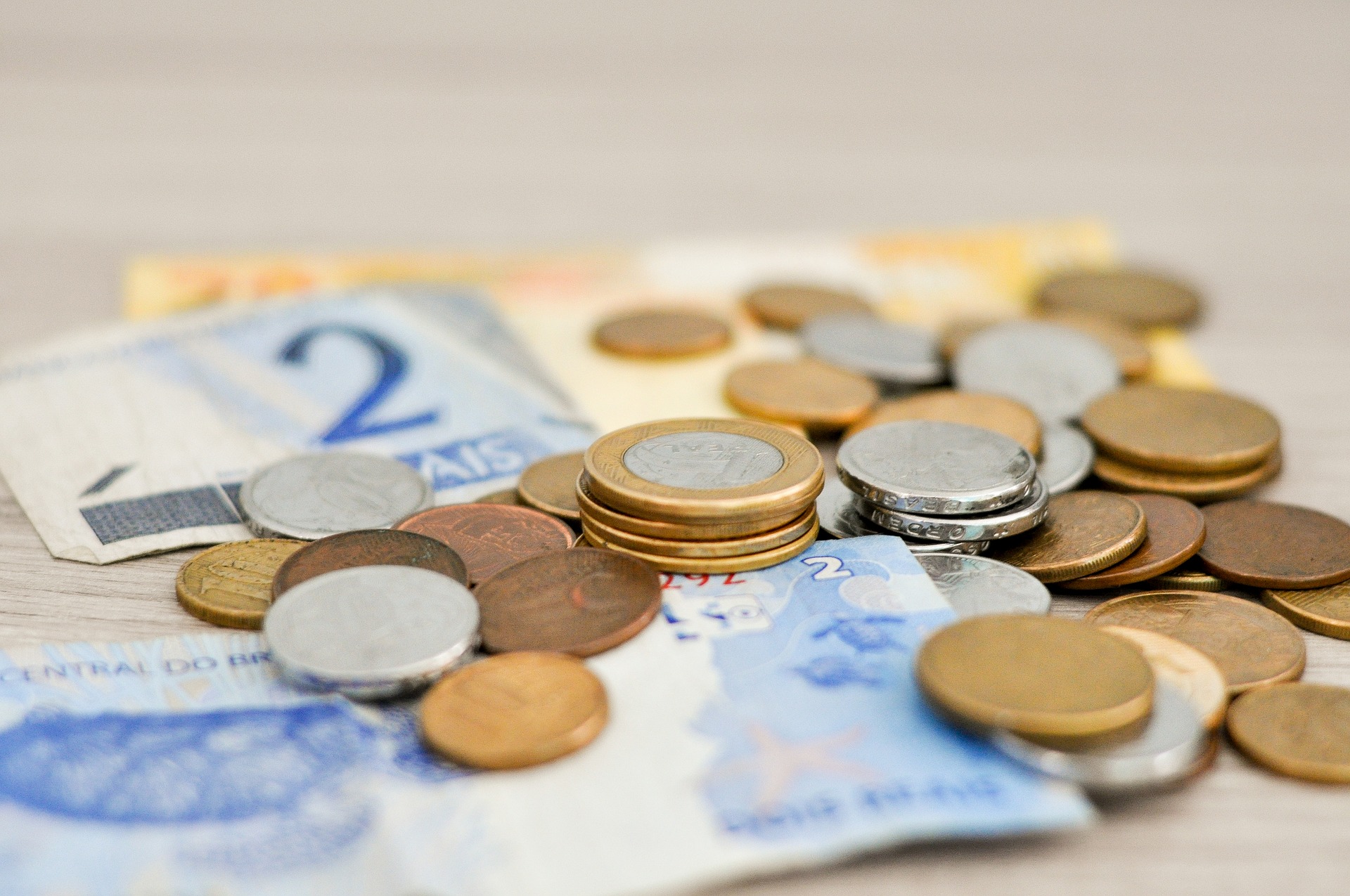EQUITIES
Asia-Pacific stocks were mixed in Thursday trade, with most is on course to post monthly declines.
Mainland Chinese stocks advanced, with the Shanghai composite up 0.37%. The Hong Kong’s Hang Seng index, on the other hand, fell 0.90%.
Elsewhere in Japan, the Nikkei 225 slipped 0.30%. Japan is set for a new prime minister after Fumio Kishida won the governing party leadership election on Wednesday.
South Korea’s KOSPI rose 0.52%, the Straits Times index in Singapore advanced 0.50%, and over in Australia, the S&P/ASX 200 gained 1.56%. The S&P BSE Sensex in India slipped 0.05%.
Overnight, stock indices in the U.S. and Europe staged a partial recovery after a heavy sell-off the day before. The Dow Jones Industrial Average rose 0.26%, to 34,390.72, the S&P 500 gained 0.16%, to 4,359.46 and the Nasdaq Composite dropped 0.24%, to 14,512.44.
OIL
Oil prices fell on Thursday, extending losses after an unexpected rise in inventories in the U.S. although prices seem to have stabilized following a recent run of gains.
U.S. crude stockpiles rose by 4.6 million barrels last week, EIA data showed, exceeding expectations, boosted by a rebound in output as offshore facilities shut in by two U.S. Gulf hurricanes resumed activity.
The market was also pressured by strength in the U.S. dollar, which hit a one-year high against a basket of other major currencies. Since oil is transacted in dollars, strength in the U.S. currency makes the commodity more expensive worldwide.
The Brent now traded at $78.25 per barrel, while U.S. crude futures traded at $74.79 per barrel.
Overnight, the Brent ends at $78.64 a barrel, and the WTI at $74.83 per barrel.
CURRENCIES
Traders slowed their selling of U.S. Treasuries, leaving yields paused after a runup in recent days as traders kept an eye on government spending talks in Washington. After four consecutive sessions rising, the yield fell to 1.510% on Thursday.
The dollar hovered near a one-year high versus major peers on Thursday, following a two-day surge amid expectations for a tapering of Federal Reserve stimulus from November and a possible interest rate hike in late 2022. It held these gains in Asian hours and was last at 94.300.
GOLD
Gold prices edged higher on Thursday, after hitting a seven-week trough in the previous session, although a robust dollar and elevated U.S. Treasury yields kept pressure intact.
Spot gold rose 0.30% to $1,731.20 per ounce, and the U.S. gold futures edged 0.57% higher to $1,732.70 per ounce.
Silver rose 0.40% to $21.57 per ounce, platinum edged up 1.15% to $957.90, while palladium gained 1.76% to $1,862.50.
ECONOMIC OUTLOOK
Asian shares were mixed on Thursday as investors reacted to the release of Chinese factory activity data and over inflation concerns that caused a spike in U.S. benchmark bond yields.
China’s official manufacturing PMI for September came in at 49.6, versus 50.1 in August, data from the National Bureau of Statistics (NBS) showed, slipping into contraction for the first time since February 2020. China's economy rapidly recovered from a pandemic-induced slump last year, but momentum has weakened in recent months
The September factory activity readings come as China continues grappling with a power crunch. Investors continue to monitor the situation at China Evergrande Group. On Wednesday, the central bank injected liquidity into the financial system for a ninth day in the longest run since December to ensure there’s sufficient liquidity ahead of a week-long holiday.
While in the U.S., investors are concerned about three things: the eventual taper of bond purchases by the Fed, ongoing inflation with Chairman Powell saying it's going to stick around longer than initially expected, and the debt ceiling issue that congress is grappling with.
Some events to watch this week including House Financial Services Committee hearing on the Fed, and Treasury’s pandemic response on Thursday. Univ. of Michigan sentiment, ISM manufacturing, U.S. construction spending, and spending/personal income on Friday.














